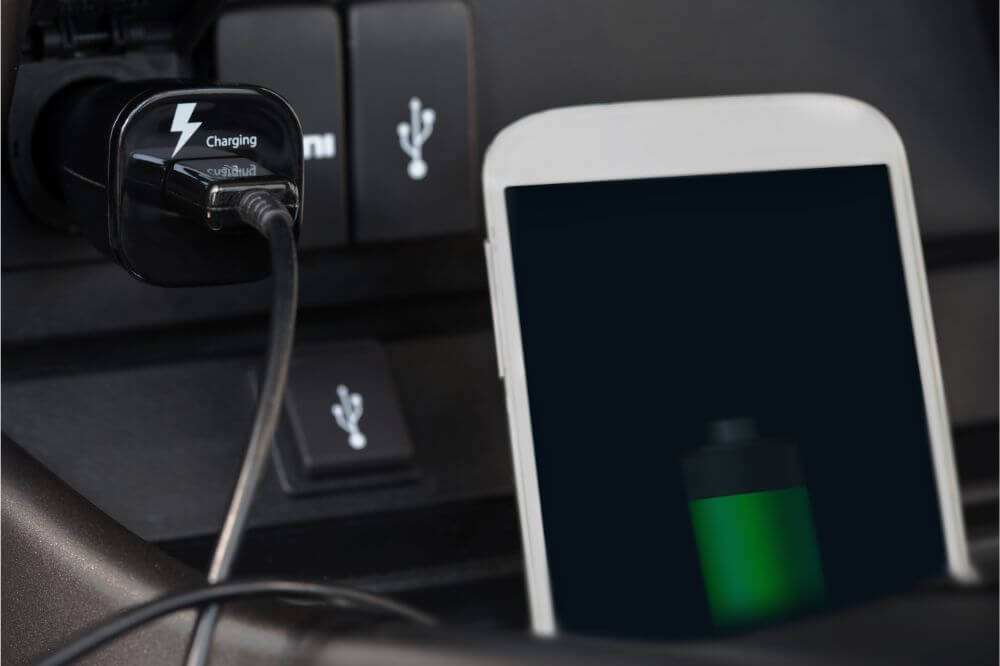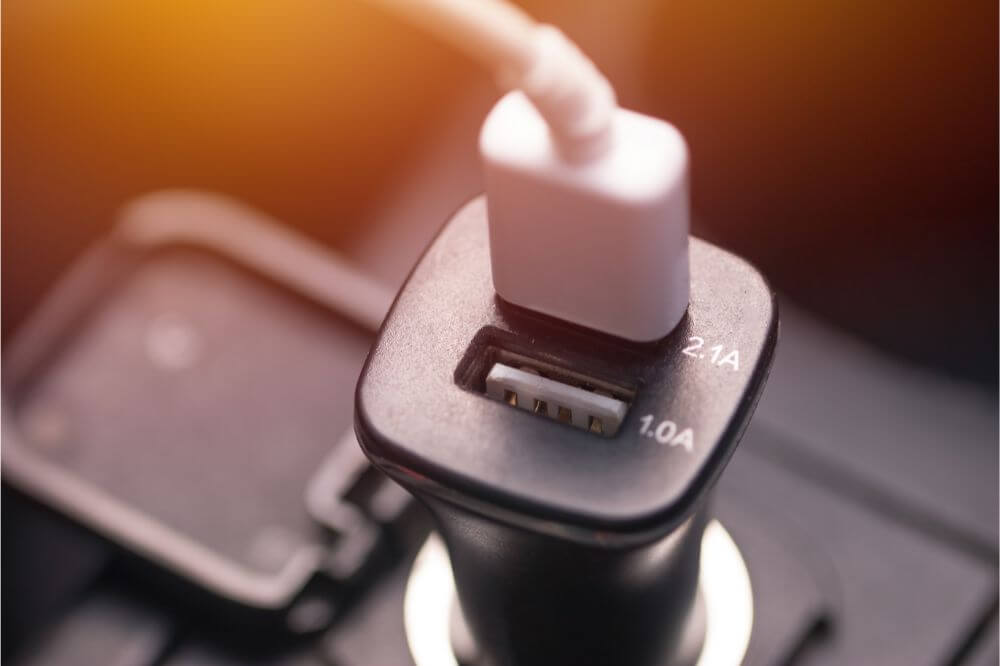A vehicle charging station is a device you can install in your vehicle to charge some of your electrical appliances. These are convenient objects for many people in contemporary society. Since the late 2000s, devices have become ubiquitous in our everyday lives. These devices power our lives to such an extent that we would suffer significantly without them.
Devices such as smartphones, tablets, laptops, and even smartwatches, help us stay connected with our friends and family. They also help us power our livelihoods, as the world of business has become increasingly more connected. As these devices require electricity to operate, it can prove catastrophic when the devices run out of power.
Charging our devices on public charging stations, such as the ones you see in airports, libraries, or restaurants, is ill-advised. According to cybersecurity experts, there is an increased risk of getting hacked while using these public stations. Your information or money could be at risk of being stolen. The alternative is to have a vehicle charging station installed in your car. The added security of having these devices in the vehicle is what makes them a better option.
How to Set Up a Vehicle Charging Station
Luckily, setting up a vehicle charging station is actually pretty simple. Here we have laid out a step-by-step process to easily do it so that you can get your devices charged while driving to your next destination.
Check the make and model of the devices you own
The market accommodates a wide range of consumers. As such, there is a wide variety of models of phones on the market. The older model phones had pin-like charging systems; this technology has since become obsolete due to newer advances. This type of charger did not support higher wattage charging or even file transfer. Although this technology is no longer mainstream, there are many adapters that can be used with modern chargers to help charge these older devices.
Most of the devices today are charged using USB (Universal Serial Bus) chargers and similar alterations. These types of chargers were meant to be compatible with all devices, thus the universal appeal among device manufacturers. Despite that, there are still subdivisions of various USB cables.
There have been multiple iterations of USB cables, with each iteration improving upon the technology of the previous one. The newer versions charge faster and have better file transfer speeds, like the FIVI car charger. They charged more quickly, as they supported charging at higher wattage. The iteration of the USB should be something one checks for when making a decision.
The USB type C is among the latest and most versatile types of chargers; it is compatible with many newer model phones. Its higher wattage allows the charger to be used for even larger devices, like laptops. It is incompatible with many older model phones, though.
Other devices can only be charged with exclusive chargers. For example, the lightning cable is a proprietary cable that can only be used to charge some Apple devices. As such, examine your devices before installing a charging station. Make sure they are compatible with the New Car Charger.

Purchasing the car charger
Car chargers can be found in most electronics stores. If you are very unfamiliar with the technology, you should check with the device manufacturer. There, you will likely find sufficient information on choosing a safe and compatible charger. Most chargers are wired, but some are wireless, like the Automatic Clamp Car Wireless Charger and the FDGAO Automatic Gravity Qi.
The car charger is supposed to be mounted in a car, where it will be used to charge various devices. This may not be the case if you are driving older model vehicles, as they may not have the ports to mount the charger. Most cars bought within the past few years will be compatible, so this may not be a problem for many consumers. However, if the car you drive does not have the appropriate port of installation for the car charger, you could visit the local auto electronics supply shop, where they can help modify your car’s electricals to install the port for the charger. Use a trusted mechanic, as faulty wiring could result in damage to the rest of the car’s electricals, or even a fire, which could cause damage to the driver and passengers.
Mount the chargers to the vehicle
This step is very straightforward, as the instructions on how to do so are usually on the box used as packaging for the charger. Often, there is a port where the cigarette lighter is. Gently insert the end of the charger into the port on the car. If you are having trouble, you should not force it, but, rather, go back to the instructions and re-read them or contact the company’s customer service.
Plug the cable to the charger
Once the charger is mounted on the car, plug the charger into the car’s port. This should be done gently, as forcing the cables could damage the often fragile devices. Also, check the compatibility of the charger and the cable to be used before trying to plug the charger in.
Plug the cable to the device
Once that is done, one should plug the other end of the charger into the device. Connecting the charging cable on both ends should be done gently, as excessive force could damage the device.
Most USB types can be used interchangeably, like using the USB 2.0 with the VIKEFON Quick Charger 3.0. However, they can only be plugged in one way. To avoid damage, it is crucial to figure out how the USB can be plugged in before you use it. Other USB types, like USB type C and the lightning cable, can be inserted either way without much problem.
Disconnect once the device is full
Most devices will give a signal to indicate that they are fully charged and ready to be unplugged. There is usually a beep sound or a small LED light that either turns on or blinks depending on the device. If you don’t notice any of these occurrences, turn on the device and see if it’s ready to be unplugged.
Failure to unplug the device when full, could be damaging to the battery of the device, which could cause monetary strain when replacing the battery. It also drains the car’s battery, especially if the vehicle is stationary. Overcharging some devices could also be dangerous, as they can cause a fire when they heat up. At times, an overheated device could even explode.
Conclusion
Before committing to a vehicle charging station, do a rough compatibility test to avoid buyers’ remorse. Once you have done that, follow our simple setup instructions, and you will be ready to rock and roll. But always remember that just because you are charging your devices while driving doesn’t always mean you can use them while driving.

